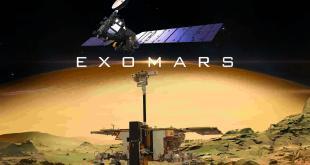
Edinburgh, 4 August 2022. – ESA and the European Commission announced the end of the mission for the Copernicus Sentinel-1B satellite, which experienced an anomaly related to the instrument electronics power supply provided by the satellite platform, leaving it unable to deliver radar data since December last year.
ESA’s Anomaly Review Board concluded that it was impossible to recover the 28V regulated bus of the satellite’s C-band synthetic aperture radar antenna power supply unit. As the equipment is crucial for providing power to the radar electronics, the agency had no choice but retire it early.
Copernicus Sentinel-1A remains fully operational and ESA is planning to launch Sentinel-1C in Q2 2023. Sentinel-1A was the first satellite to be launched for Copernicus in 2014, serving as the Earth observation component of the European Union’s space programme.
Sentinel-1B was launched in 2016 to image the planet with a repeat frequency of six days. The Copernicus mission benefits Arctic sea-ice monitoring, iceberg tracking, sea-ice mapping, and surveillance of the marine environment. It is also used for monitoring ground deformation, mapping for forest and water management, and to support humanitarian crisis situations.
ESA develops, builds, launches, and in some cases, operates the Sentinel satellites for the European Union. The agency is currently working on bridging some of the data gaps by adjusting the observation plans of the Sentinel-1A satellite. ESA will also leverage radar data from other satellite missions that contribute to the Copernicus programme.





